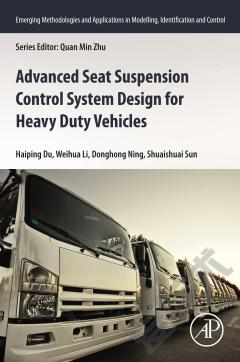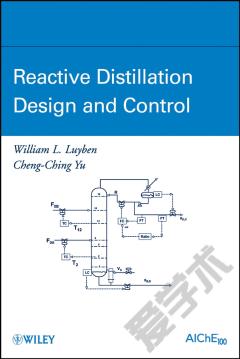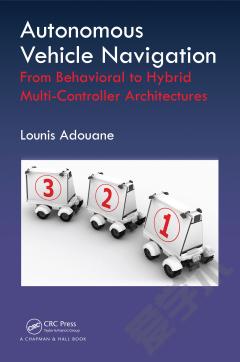Semi-Active Suspension Control Design for Vehicles
Semi-Active Suspension Control Design for Vehicles presents a comprehensive discussion of designing control algorithms for semi-active suspensions. It also covers performance analysis and control design. The book evaluates approaches to different control theories, and it includes methods needed for analyzing and evaluating suspension performances, while identifying optimal performance bounds. The structure of the book follows a classical path of control-system design; it discusses the actuator or the variable-damping shock absorber, models and technologies. It also models and discusses the vehicle that is equipped with semi-active dampers, and the control algorithms. The text can be viewed at three different levels: tutorial for novices and students; application-oriented for engineers and practitioners; and methodology-oriented for researchers. The book is divided into two parts. The first part includes chapters 2 to 6, in which fundamentals of modeling and semi-active control design are discussed. The second part includes chapters 6 to 8, which cover research-oriented solutions and case studies. The text is a comprehensive reference book for research engineers working on ground vehicle systems; automotive and design engineers working on suspension systems; control engineers; and graduate students in control theory and ground vehicle systems. * Appropriate as a tutorial for students in automotive systems, an application-oriented reference for engineers, and a control design-oriented text for researchers that introduces semi-active suspension theory and practice* Includes explanations of two innovative semi-active suspension strategies to enhance either comfort or road-holding performance, with complete analyses of both* Also features a case study showing complete implementation of all the presented strategies and summary descriptions of classical control algorithms for controlled dampers
{{comment.content}}








 京公网安备 11010802027623号
京公网安备 11010802027623号